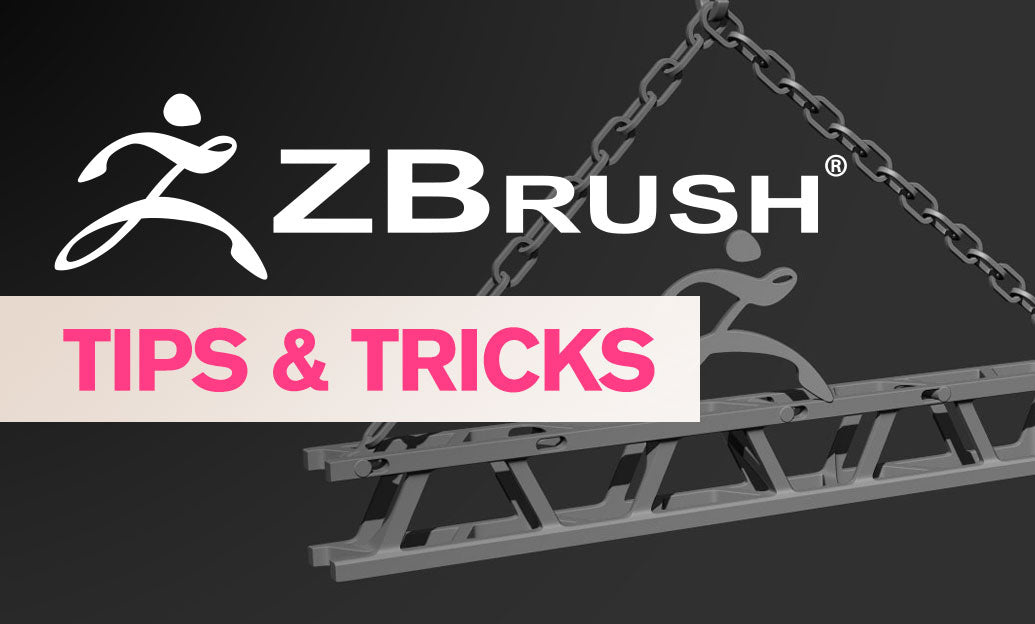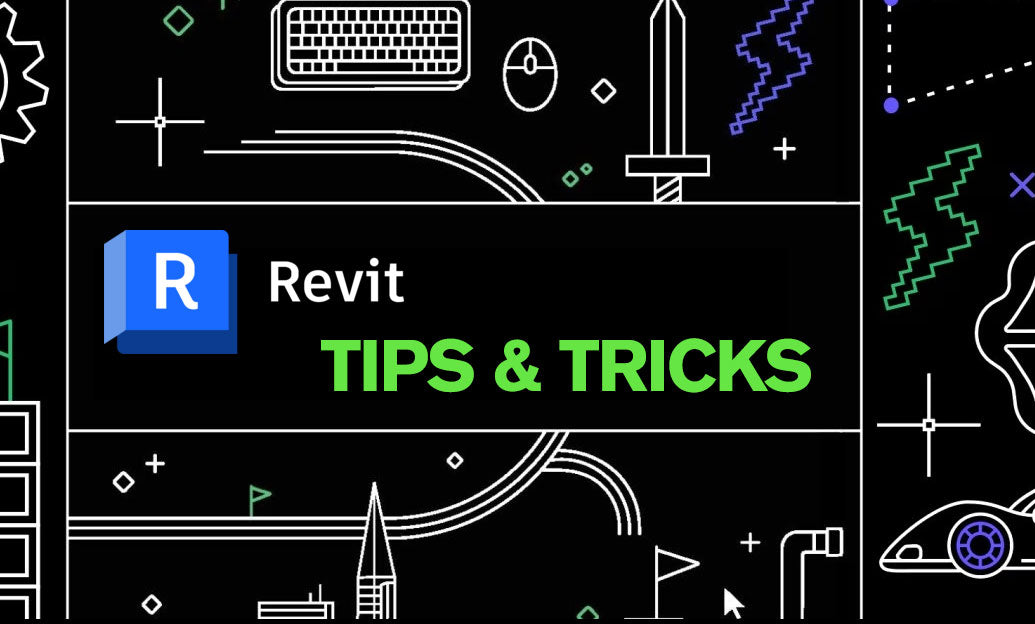Your Cart is Empty
Customer Testimonials
-
"Great customer service. The folks at Novedge were super helpful in navigating a somewhat complicated order including software upgrades and serial numbers in various stages of inactivity. They were friendly and helpful throughout the process.."
Ruben Ruckmark
"Quick & very helpful. We have been using Novedge for years and are very happy with their quick service when we need to make a purchase and excellent support resolving any issues."
Will Woodson
"Scott is the best. He reminds me about subscriptions dates, guides me in the correct direction for updates. He always responds promptly to me. He is literally the reason I continue to work with Novedge and will do so in the future."
Edward Mchugh
"Calvin Lok is “the man”. After my purchase of Sketchup 2021, he called me and provided step-by-step instructions to ease me through difficulties I was having with the setup of my new software."
Mike Borzage
V-Ray Tip: Mastering Realistic Shadow Techniques in V-Ray for Enhanced Photorealism
November 03, 2024 2 min read

Achieving realistic shadows in V-Ray can significantly enhance the photorealism of your rendering projects, adding depth and dimension to your scenes. Here’s how you can master shadow creation in V-Ray:
- Understanding Shadow Types: V-Ray provides various shadow types, including hard and soft shadows. Choose between them based on the lighting conditions you wish to simulate. Hard shadows are typically used for direct sunlight, while soft shadows are better for diffused lighting conditions.
- Utilizing Light Properties: Every light source in V-Ray, such as Dome, Spot, or Area lights, can generate shadows. Adjusting properties like light size and position can greatly influence shadow softness and direction. Larger light sources create softer shadows, whereas smaller ones produce sharper edges.
- Enabling V-Ray Sun and Sky System: For outdoor scenes, using the V-Ray Sun and Sky system can produce realistic shadow orientations and colorations that mimic real-world environmental conditions. Make sure to adjust the sun angle to align with your scene's intended time of day.
- Fine-Tuning Shadow Parameters: In V-Ray's render settings, you can adjust shadow-related parameters such as bias, opacity, and color to ensure shadows integrate seamlessly with the rest of your scene. Pay attention to the shadow bias to avoid artifacts in your renders.
- Employing Global Illumination (GI): Using GI can add secondary bounce lighting, which lightens shadow areas naturally, creating a more balanced and realistic illumination. Ensure GI is enabled and configured properly for optimal shadow realism.
- Post-Production Enhancements: Shadows can be further refined in post-production using tools like V-Ray's Light Mix, allowing you to adjust shadow intensity and color after rendering. This flexibility is crucial for achieving the perfect balance in complex scenes.
Remember, shadows are not just a by-product of lighting but a crucial element in storytelling and mood setting within your scenes. By mastering shadow techniques in V-Ray, you can elevate the quality and realism of your renders, making them more engaging and lifelike.
For more tips and tricks on using V-Ray, feel free to explore resources from NOVEDGE, a leading provider of 3D design software and tools.
You can find all the V-Ray products on the NOVEDGE web site at this page.
Also in Design News

ZBrush Tip: Techniques for Sculpting Realistic Veins in ZBrush
December 22, 2024 2 min read
Read More
Revit Tip: Expert Tips for Creating and Managing Topography in Revit
December 22, 2024 2 min read
Read MoreSubscribe
Sign up to get the latest on sales, new releases and more …



